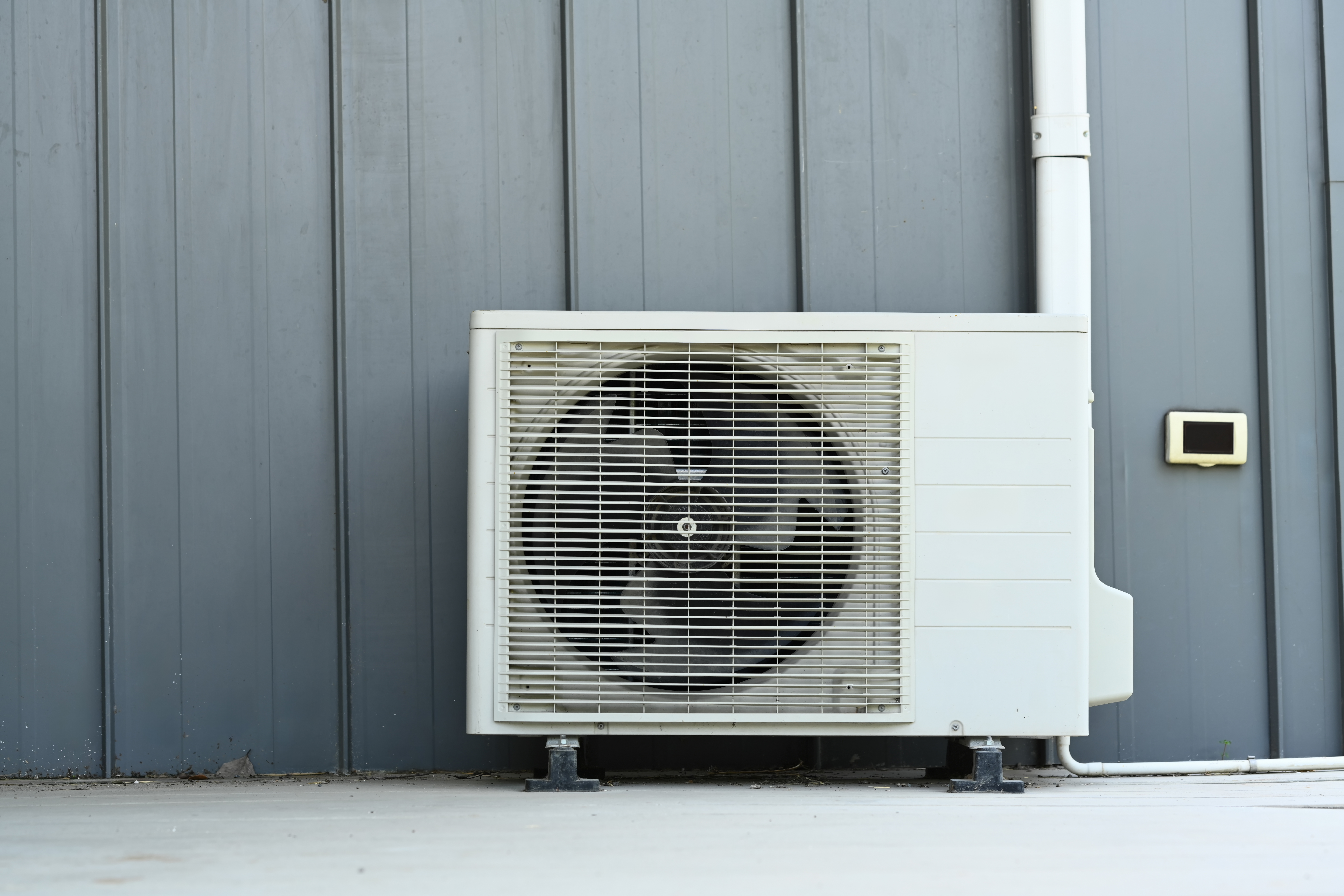
Your leaky ductwork may be hiking up your energy bills. We explore the cost of checking air ducts for leaks, which may be worth it for your home.
Breathe fresher and cleaner air with this addition to your HVAC system


A fresh air intake brings fresh air into your home from outside.
Fresh air intakes can improve ventilation and air quality, extend furnace life spans, and increase HVAC efficiency.
You can control the flow of outside air in your system using a damper during events like wildfires or if you live in a smoggy area.
Installing a fresh air intake is DIYable, but a pro should help if your HVAC knowledge is limited.
Your heating and cooling system has the important job of keeping your house comfortable, but that’s not all it can do. If you have a fresh air intake as part of your HVAC system, you can also benefit from better indoor air quality, a more efficient furnace, and more affordable energy bills. But what exactly does a fresh air intake HVAC system do? Find out below.
As part of your HVAC system, a fresh air intake is an opening that lets outside air into your house. It serves several purposes (which we’ll cover in-depth below), but its main functions are to improve your home’s indoor air quality and help your furnace work effectively.
You might have one fresh air intake in your home, or you might have several, depending on when your property was built. Newer homes tend to have tighter seals and more insulation than older homes, and as a result, they typically have multiple fresh air intakes. Older properties may only have a single intake.

It’s no secret that most HVAC systems don’t mechanically force fresh air to enter your home. Instead, outdoor air enters and exits a home through the following methods:
Natural ventilation: Doors and windows help usher air in and out.
Infiltration: Even with caulked-over openings, outdoor air flows through your house via joints in walls, openings in floors and ceilings, and cracks around windows and doors.
Mechanical help: Outdoor-vented fans in your HVAC system will sporadically remove stale air from some rooms, such as kitchens and bathrooms.
Most modern HVAC systems have fresh air intake capacity, but some are more limited than others. For example, your HVAC system might have one fresh air vent while other, newer models have many. The amount of fresh air moving through your system depends on the age and size of your home and its AC system. Newer homes have fewer cracks and gaps for natural air to sneak through, so they require additional fresh air intake vents.
Adding a fresh air intake is a job for a pro because it involves drilling a hole into the side of your house. If you try to DIY, you could end up with structural damage.
They can be easy to overlook, but fresh air intakes play an important role in keeping your indoor air healthy and safe to breathe. Here are some of the main purposes that intakes serve.
The air in your home can get stale, dusty, and dirty if it isn’t replaced with fresh air. An intake provides an entryway for new air to circulate through your house. This is especially important if you have a furnace, which produces carbon monoxide, a poisonous gas that quickly can sicken or suffocate you, according to Mayo Clinic.
Gas furnaces need oxygen to run, and an intake serves as a path for fresh air to come into your home. If you don’t have a fresh air source, your furnace could use up the oxygen in your home and create a dangerous buildup of carbon monoxide.
With a fresh air intake, your furnace will get more air, allowing it to operate more efficiently. This means that your furnace won’t have to work as hard to heat your home, potentially reducing your energy usage and power bills.
When your furnace has a steady supply of fresh air, it will run more smoothly. As a result, it’s less likely to have performance problems or maintenance issues—which can extend its life expectancy.

Sometimes, you may need to adjust how much air is coming into your house through your intake. For example, during a wildfire, the Centers for Disease Control (CDC) recommends closing your intake or switching your HVAC system to “recirculate” mode so that outside air doesn’t enter your home.
To control airflow through your intake, you’ll need to have a damper installed. A damper is a device on your intake that lets you open, close, or adjust the amount of air coming into your home. You can block outside air from coming in by sliding the damper closed (for manual dampers), shutting off the switch (for motorized dampers), or updating the settings on your thermostat (for automatic dampers).
If your fresh air intake doesn’t have a damper, you can install one. You should never try to block your intake by covering it up because this could damage your HVAC system or create negative pressure (and a potentially deadly carbon monoxide buildup) in your house.
Adding a fresh air intake can be doable if you have construction or HVAC experience, but the average DIYer shouldn’t attempt it. The job involves drilling a hole into the side of your house, installing an intake hood, and connecting it to a return air duct. Get in touch with a local HVAC company to discuss pricing and schedule an installation.
From average costs to expert advice, get all the answers you need to get your job done.

Your leaky ductwork may be hiking up your energy bills. We explore the cost of checking air ducts for leaks, which may be worth it for your home.

Curious about your home’s radiator replacement cost? Let’s discuss what affects the price of a new unit and how to determine if repairing or replacing is in order.

If your air conditioner won’t turn on or makes chattering noises, you might have a bad contactor. Learn more about AC contactor replacement costs in this guide.

Keep your AC running smoothly with this mini-split maintenance checklist.

Trying to choose between a MERV10 versus a MERV12 air filter? Compare filtration, airflow, and allergy protection to find the right fit for your home.

Keep your home cool with wall-mounted AC units. Find out what wall cooling is, including pros and cons, as well as installation costs to expect.